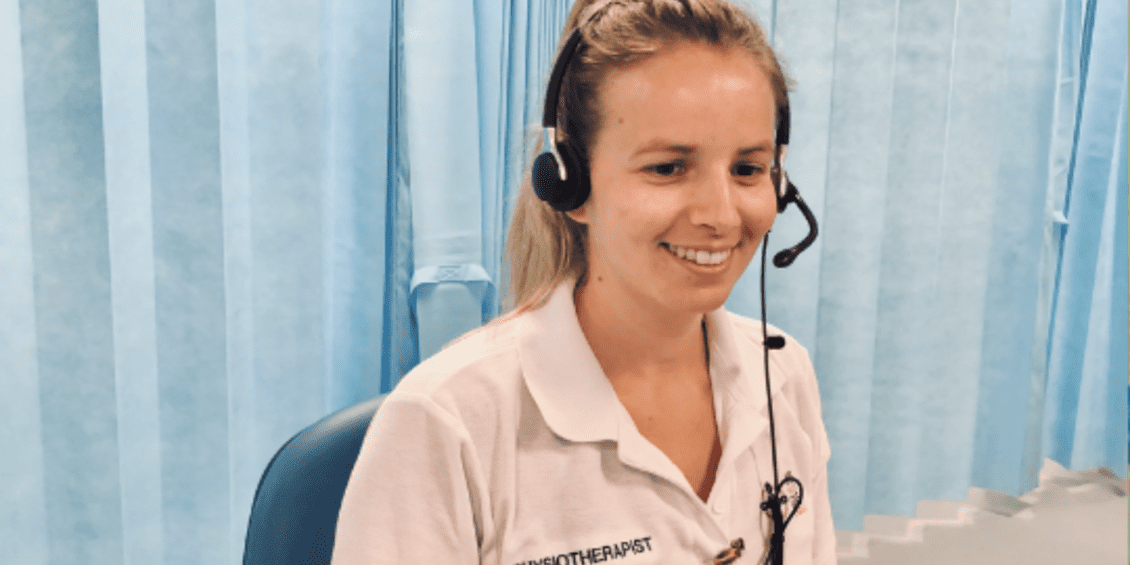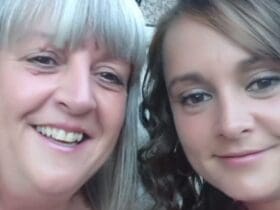More than 150,000 miles of travel to hospital has been avoided in Cardiff and the Vale of Glamorgan following the introduction of video consultations.
The number of journeys to Cardiff and Vale University Health Board hospitals has decreased considerably since the introduction of the NHS Wales Video Consultation service in April.
The popular service enables patients to attend their hospital appointment via video from the comfort of their own home or without having to leave work.
Around 15,000 virtual appointments have already been conducted through the service, giving thousands of patients greater flexibility with how they see their clinician.
The service has helped to facilitate social distancing in hospitals, as well as minimising traffic and improving parking at Health Board sites and reducing levels of pollution locally. It has saved approximately 4,800 hours of travel, preventing 42 tonnes of CO2 emissions.
Allan Wardhaugh, Chief Clinical Information Officer at Cardiff and Vale University Health Board, said: “2020 has been a big year for video consultations across the NHS, and we’ve been pleased with the significant impact it has had here in Cardiff and the Vale of Glamorgan.
“In addition to giving patients greater flexibility and delivering environmental benefits, it has provided a valuable, safe alternative to face-to-face appointments throughout the COVID-19 pandemic.
“Video consultations are something we had been planning to introduce as part of our efforts to enable care closer to patients’ homes. We will certainly be continuing and developing the service far beyond the pandemic into the future and look forward to seeing its impact continuing to grow.
“That said, video consultation is still something we are learning about. It doesn’t suit all circumstances and will be part of a suite of solutions that enable new ways of providing ongoing care for patients and families.”








Leave a Reply
View Comments